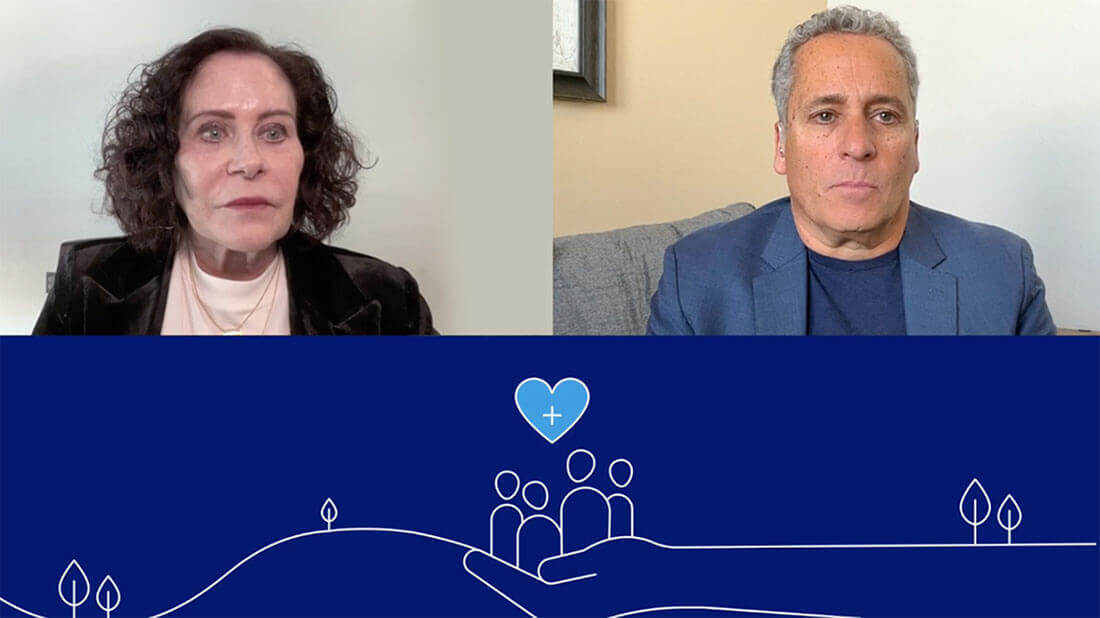Clinical education library
Our clinical education library offers insights into the diagnosis and treatment of hemophilia and rare bleeding disorders. Watch, listen to, and share with your colleagues.
19:11
Bleeding Disorder Diagnosis and Treatment for OBGYNs Part 1
Dr. Michael Paidas and Dr. Ayesha Zia review how to recognize important signs and symptoms of rare bleeding disorders in girls and women.
23:18
Recognizing Rare Bleeding Disorders
Dr Miguel Escobar discusses how doctors can diagnose and treat unexplained bleeds in patients.
18:09
Bleeding Disorder Diagnosis and Treatment for OBGYNs Part 2
In this presentation, Drs. Davis and Paidas discuss complications associated with postpartum hemorrhaging and acquired hemophilia.

Video: Unmet Needs in Patients With Hemophilia A and B With Inhibitors
Drs. Young and Shapiro discuss the disease- and treatment-related challenges for patients living with hemophilia A and B with inhibitors.


